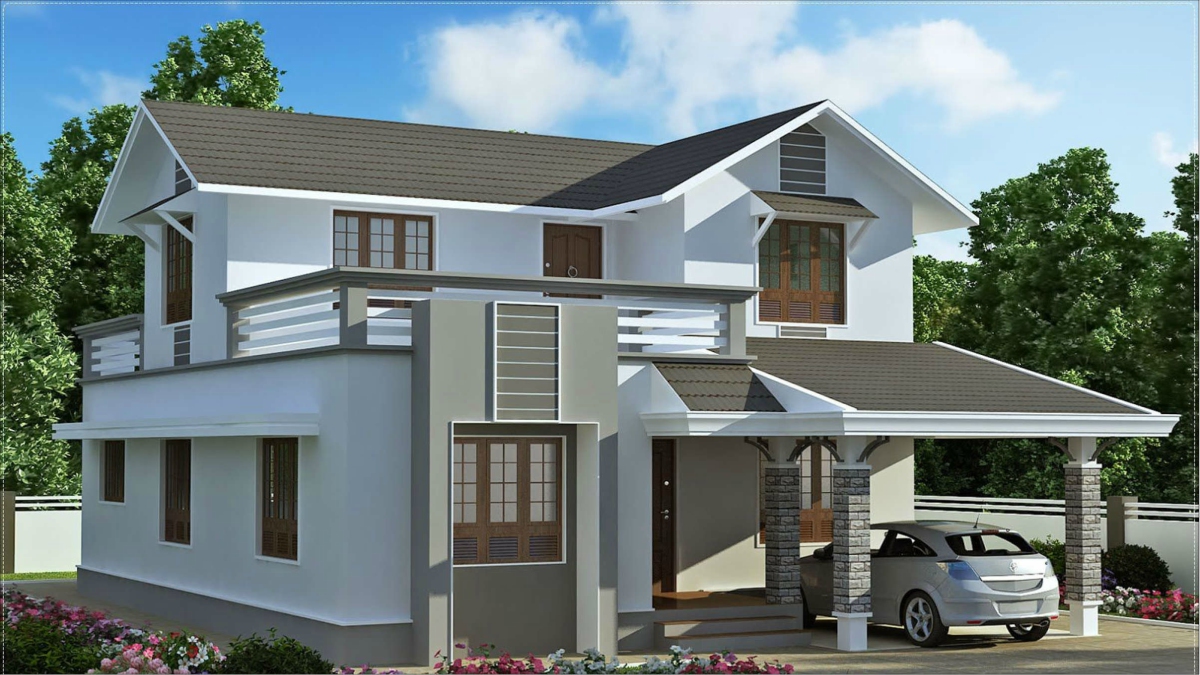
Across cities, the trend of office work shifting into our homes – the much-talked-about work-from-home (WFH) effect – has taken hold. A home office, previously considered a luxury or even completely unnecessary, is now an important feature. It not only helps homeowners to separate work from personal life to some extent, but enables the focus required for optimal WFH productivity.
WFH AS THE ‘NEW NORMAL’
Many companies have discovered first-hand that WFH is a viable option and are willing to extend it to employees who can maintain productivity under these changed circumstances. Some companies have even given their employees a permanent WFH option, while others have extended it to mid-2021. Like their owners, homes now need to multi-task efficiently.
A separate workspace is therefore essential, and many homebuyers are willing to shift to cheaper suburbs and even to smaller cities to get larger homes.
In most cities, homebuyers are opting for 2.5-3 BHK configurations wherever they can purchase them within their budgets. The peripheral areas of our cities are invariably cost-effective – and even a larger home amounts to an added expense, homebuyers correctly see it as a secure investment for what are currently less-than-certain times.
Even in other respects, the quest for larger homes is not a surprising trend.
A NATURAL PROGRESSION
Most Indians begin their homeownership journey with small ‘starter’ homes, fully intending to upgrade to larger homes at a later stage. Upgrade decisions are usually taken when finances improve on the back of higher salaries, as a higher salary improves affordability. Affordability is an important point here.
In previous times, home prices would grow inexorably over time. However, salaries and savings grew too, so there would eventually come a point when one could comfortably afford to buy a larger home via a home loan.
No doubt, a question mark currently floats above the issue of salary increments in the immediate future. The coronavirus pandemic has seriously dampened India’s economic vibrancy, stifling companies’ growth prospects in some instances and actually causing them to scale back their manpower in other instances. Many retained employees have taken temporary salary cuts.
Nevertheless, housing affordability has improved in tandem with the times. To boost consumption, the RBI has brought lending rates down to a two-decade low and thrown several other sweeteners into the mix. In Maharashtra, stamp duty charges have been brought down for the duration of the festive season.
On their part, developers have not only trimmed prices to their lowest best, but also responded to the current exigencies by offering several cost-saving incentives. Moreover, serious buyers can negotiate the final price like never before.
LARGER HOMES: THE BUYER PROFILES
Salaried people who either already own a home or were in the process of finalizing their first home purchase.
Current homeowners merely need to upgrade, and first-time homebuyers just need to set their sights higher. Across the major cities, buyers are viewing homeownership with a renewed sense of urgency – and are factoring in the new WFH environment.
ENTREPRENEURS
The Indian homebuyer population is not exclusively salary-driven – the country also has a vibrant entrepreneurial culture. Many small-time business owners are now relocating their previous workplaces to their homes to save on office rental costs and the daily commute.
Interestingly, latest trends suggest that cities like Bengaluru and MMR are especially conforming to the new WFH reality – the need for more space. For instance, over the last few months, enquiries for larger homes in Bengaluru have increased up to 40% with property seekers predominantly scouting for 3BHKs (avg. 1,800 sq. ft. built-up area) as against the previously-preferred 2 BHKs.
The current buyers are largely working couples with children, most currently pursuing the WFH and e-learning options. In many cases, their budgets have not increased – rather, they are willing to settle for peripheral locations to secure bigger homes and a better lifestyle at a more affordable price.
Likewise, we are also seeing an increase in enquiries for bigger spaces in MMR. In previous months, many buyers sought to upgrade from 1 BHK to 2 BHKs. In Noida and Ghaziabad, an increasing number of buyers are looking for 3 or 4 BHKs, as opposed to the previously-preferred 2 BHKs. Those with lower budgets look for 2 BHK + study (2.5) of around 1,200 sq. ft. of built-up area.
In Gurgaon, demand for both 2 and 3 BHKs is as consistent as before. In Hyderabad, the preference for large homes of minimum 3 BHK was in place even before the pandemic and its fallout.
THE HOME AS THE NEW FOCAL POINT
No matter how disruptive the COVID-19 pandemic is, it will eventually be contained. The economy is already recovering, and employment will not only stabilize but grow. Eventually, many people will return to their offices to work. Nevertheless, some of the lessons we have learned will not be unlearned. For instance – WFH works, but it needs larger homes.
Also, cutting out the daily commute saves both time and money, simultaneously boosting productivity and job satisfaction. The previously trendy ‘compact’ homes are only viable when we can work in an external office.
Perhaps the two strongest messages we have received from the Covid-19 pandemic are that our homes are the only environments that we can actually control, and it makes sense to not only own this precious domain but to make it as large as possible.















